As the lunar calendar winds down to its final days, the air is filled with an anticipation that is uniquely Chinese. It's the time when families come together, old grudges are forgotten, and new hopes are kindled. But perhaps most importantly, it's a time when the culinary arts are at their most vibrant, as the Chinese New Year, or Spring Festival, is a celebration of food as much as it is of family and tradition. This is my culinary journey through the Chinese New Year, a voyage of flavors that spans regions and generations.
The journey begins in the north, where the cold winters demand hearty, warming dishes. The staple here is the jiaozi, a crescent-shaped dumpling that symbolizes wealth due to its resemblance to ancient Chinese gold ingots. Families gather around the table to make these dumplings together, a tradition that fosters togetherness and good fortune. The fillings vary, from the classic pork and cabbage to more exotic combinations like shrimp and chive. As midnight approaches, the house fills with the sound of dumplings hitting the boiling water, a symphony of culinary anticipation.
Moving south, the climate is milder, and so are the flavors. In Guangdong, the Lunar New Year is ushered in with a feast that includes a dish called yu sheng, or "raw fish salad." This dish is a metaphor for prosperity, as the name sounds like "abundance" or "surplus" in Chinese. Thinly sliced raw fish is mixed with shredded vegetables and a sweet and tangy sauce, then tossed high in the air for good luck. Each ingredient has a symbolic meaning, from the shredded carrots representing gold to the pomelo symbolizing unity.
In Sichuan, the land of spicy flavors, the New Year's table is set with hot pots, a communal dish that keeps the diners warm and the conversation flowing. The broth is a fiery red, packed with Sichuan peppercorns and dried chili peppers, a testament to the region's love for heat. Ingredients like thinly sliced meats, leafy greens, and tofu are cooked in the bubbling broth, each bite a burst of spicy, savory delight.
No culinary journey through the Chinese New Year would be complete without a stop in Shanghai, where the sweet and sticky rice cake, or nian gao, is a must. This dessert is not just a treat but also a symbol of progress and growth, as "nian gao" sounds like "higher year" in Chinese. Made from glutinous rice flour and sugar, it is often steamed and can be flavored with osmanthus or red bean paste. It's a sweet ending to a meal that is as much about the future as it is about the past.
The coastal regions offer a bounty of seafood, and in Fujian, the New Year's Eve dinner often includes a whole fish, representing abundance and unity. The fish is cooked with ginger, garlic, and soy sauce, and is served with the head and tail intact to symbolize a good start and a good end to the year. It's a dish that is as much about the visual presentation as it is about the taste.
In the rural areas, the New Year's menu is often simpler but no less meaningful. There, you might find braised pork belly, a dish that is slow-cooked until the fat renders and the meat becomes tender and succulent. It's a dish that requires patience and care, much like the relationships that are celebrated during the New Year.
As the journey continues, one cannot overlook the importance of the reunion dinner, or nian ye fan, which is the most significant meal of the year. It's a time when families come together to share stories and laughter over a spread of dishes that vary from region to region but always include a symbol of prosperity and luck. Whether it's a whole chicken representing completeness, a bowl of long noodles for longevity, or a plate of steamed buns for a rise in fortune, each dish is a prayer for a better year ahead.
The Chinese New Year is also a time for snacks and sweets that are enjoyed throughout the festivities. Tangyuan, or sweet rice balls in sweet soup, are a popular treat, especially on Lantern Festival, the last day of the New Year celebrations. These glutinous rice balls, often filled with black sesame or red bean paste, symbolize family unity and togetherness.
Another sweet delight is the fa gao, or prosperity cake, a type of steamed sponge cake that is fluffy and light. It's a cake that is often homemade and shared with neighbors and friends, a gesture of goodwill and community.
As the New Year festivities draw to a close, the journey through the Chinese New Year's culinary landscape leaves a lasting impression. It's a journey that is as much about the taste as it is about the tradition, a journey that is steeped in history and culture, a journey that is a celebration of life and the coming year.
In conclusion, the Chinese New Year is a time of joy, family, and most importantly, food. It's a time when the flavors of China come alive, when the aromas of cooking fill the air, and when the taste of tradition is on every plate. It's a culinary journey that is as diverse as the country itself, a journey that is a testament to the richness of Chinese culture and the importance of family and togetherness. Whether you're in the north, south, east, or west, the Chinese New Year is a time to savor the flavors of the past and look forward to the flavors of the future.




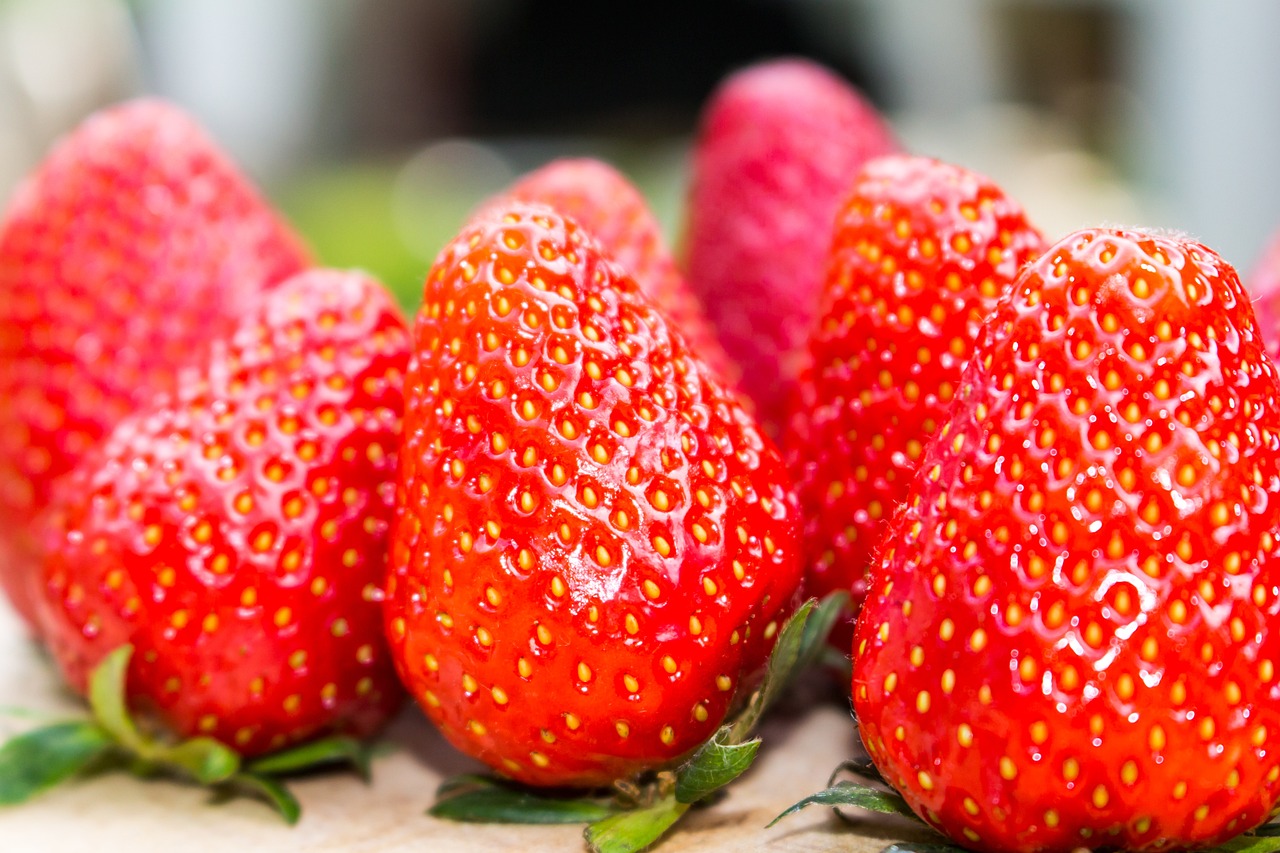

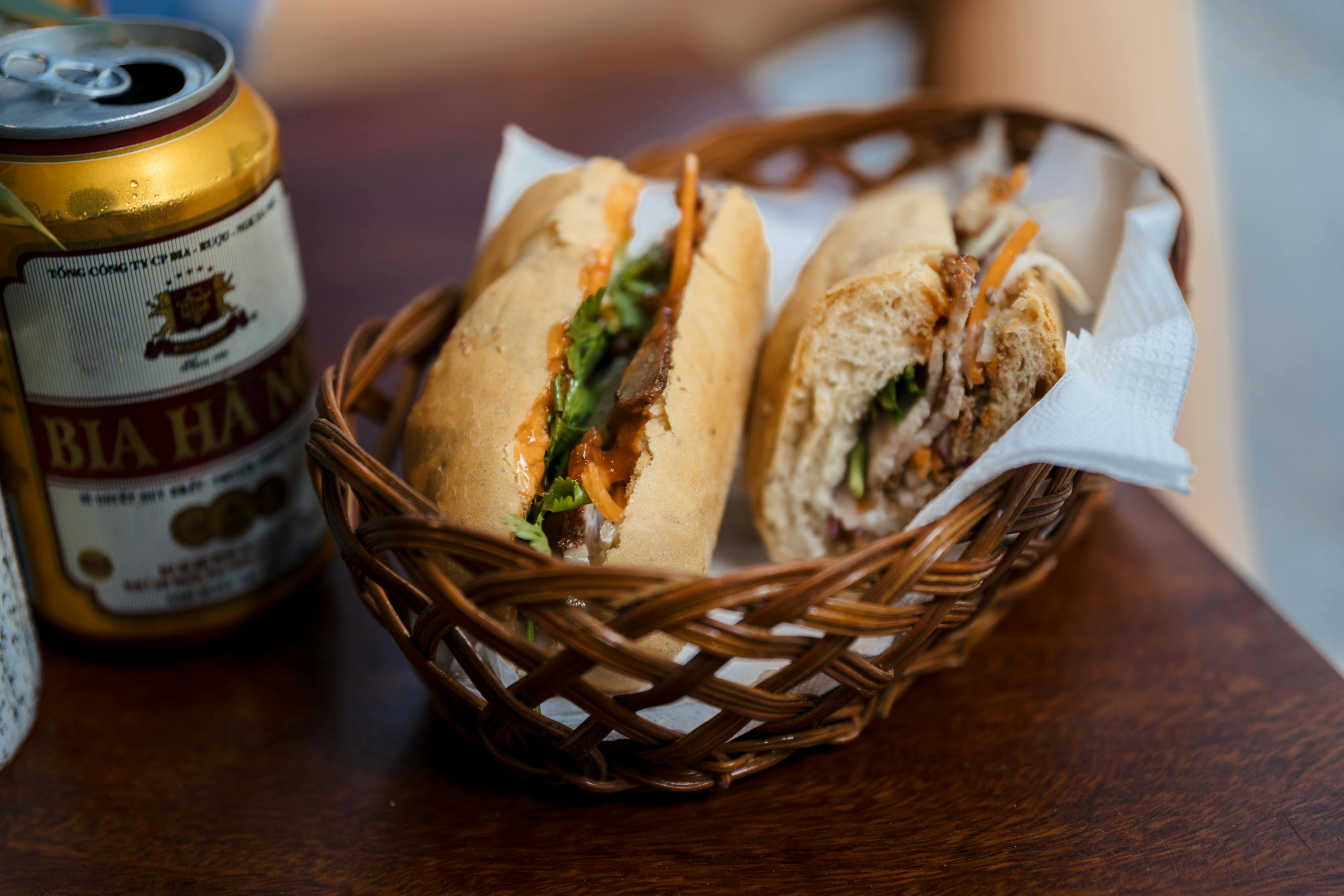
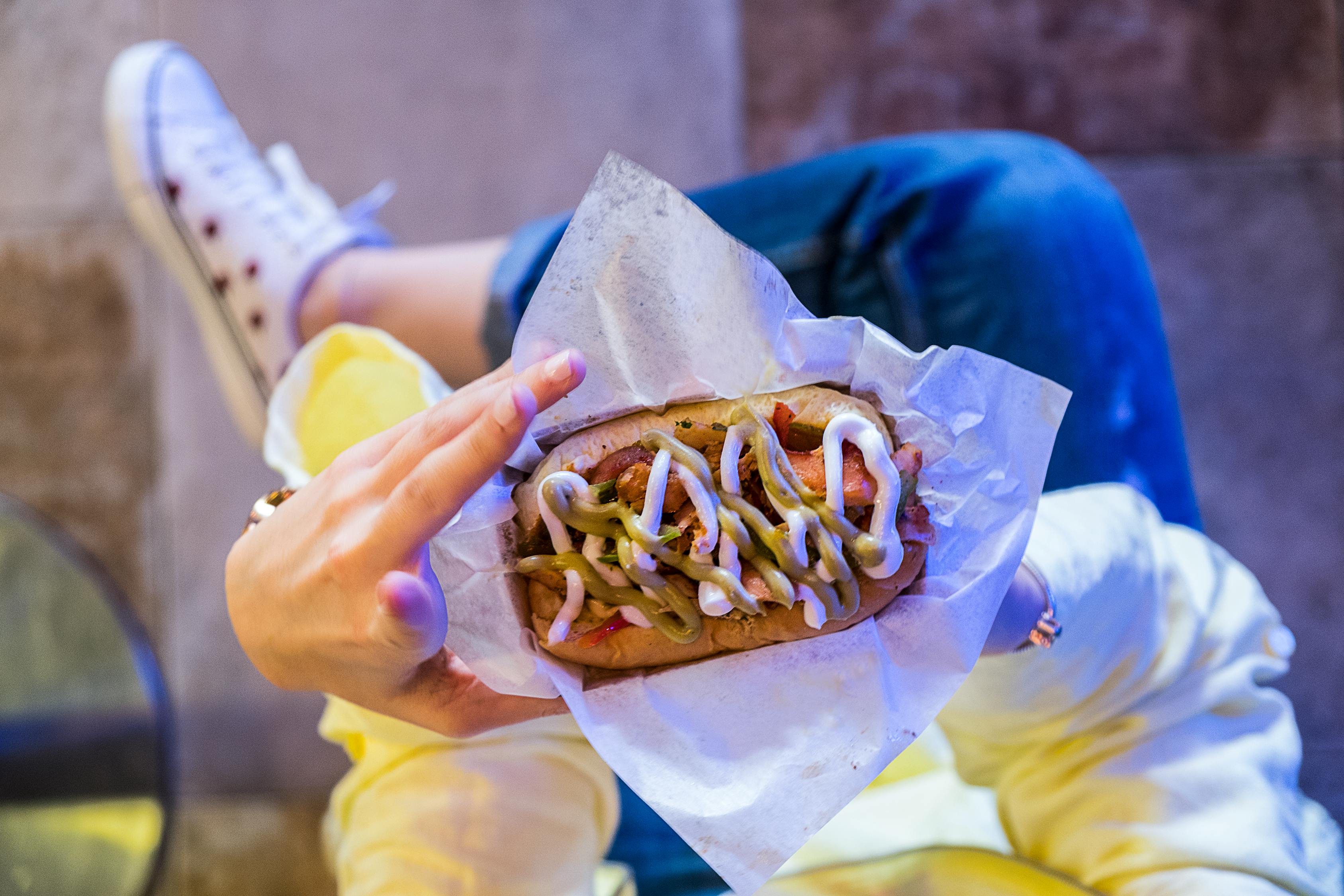
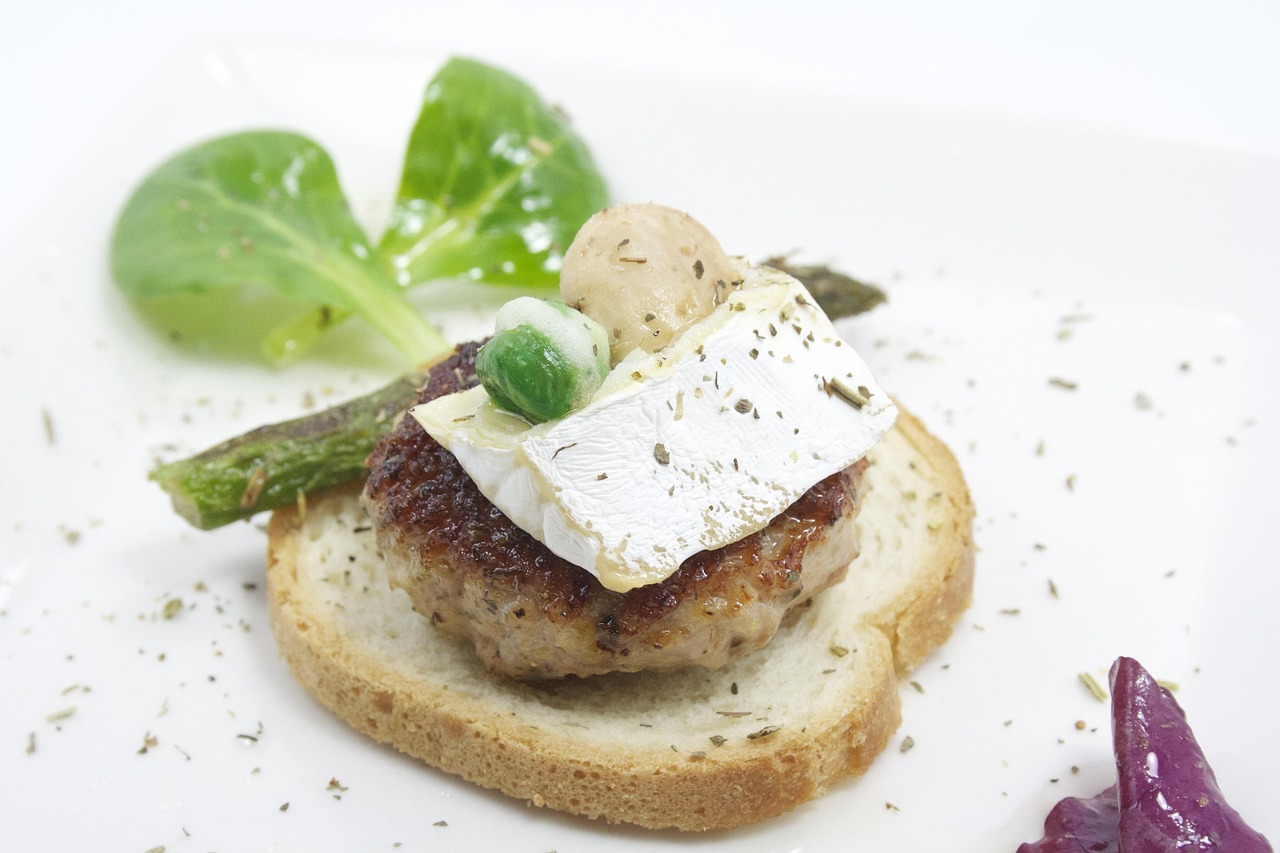
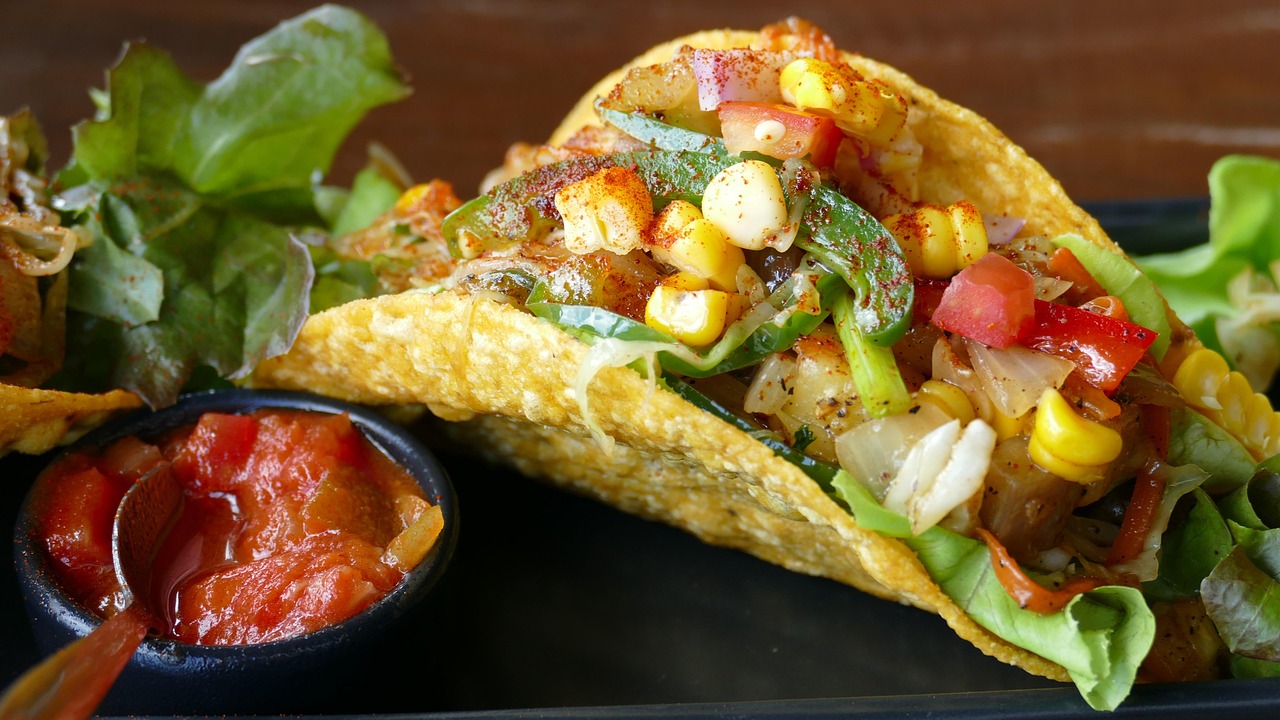

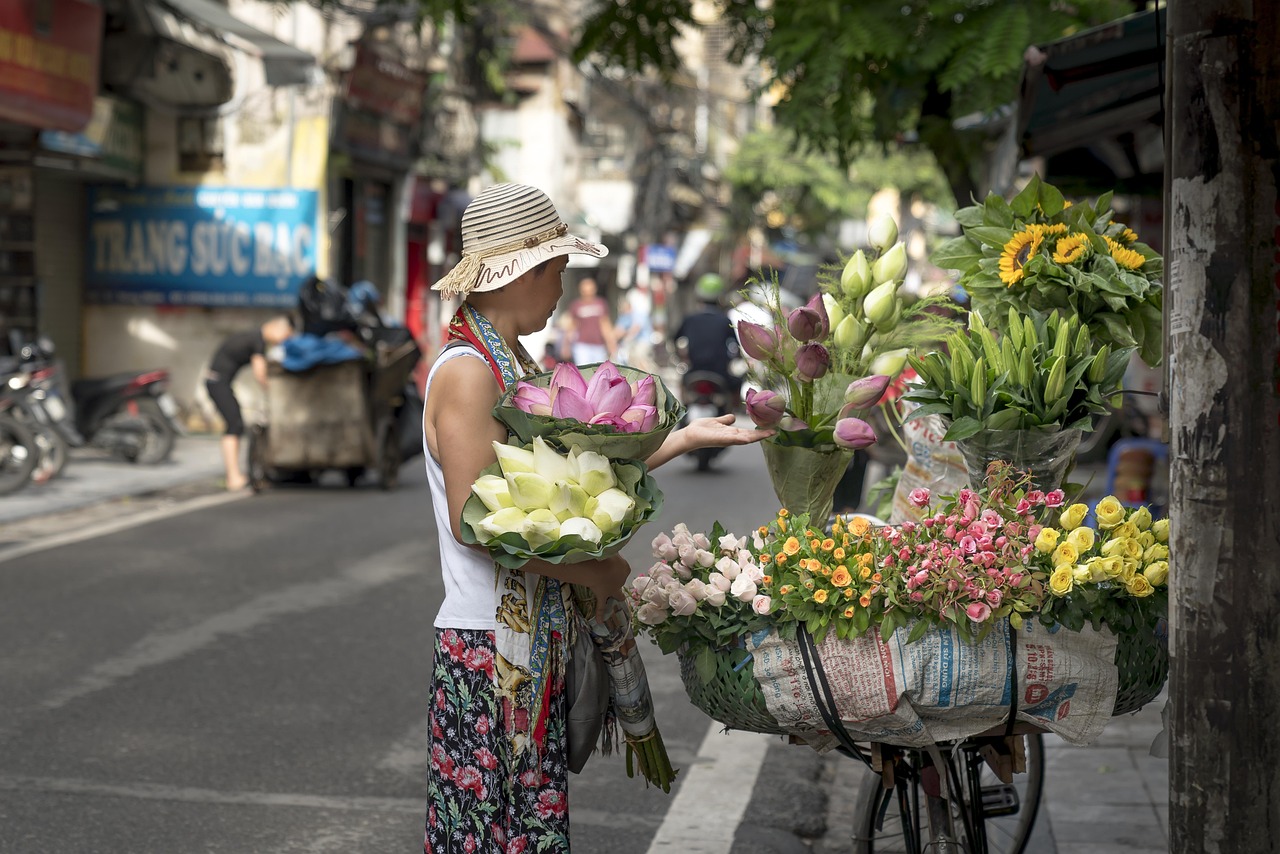
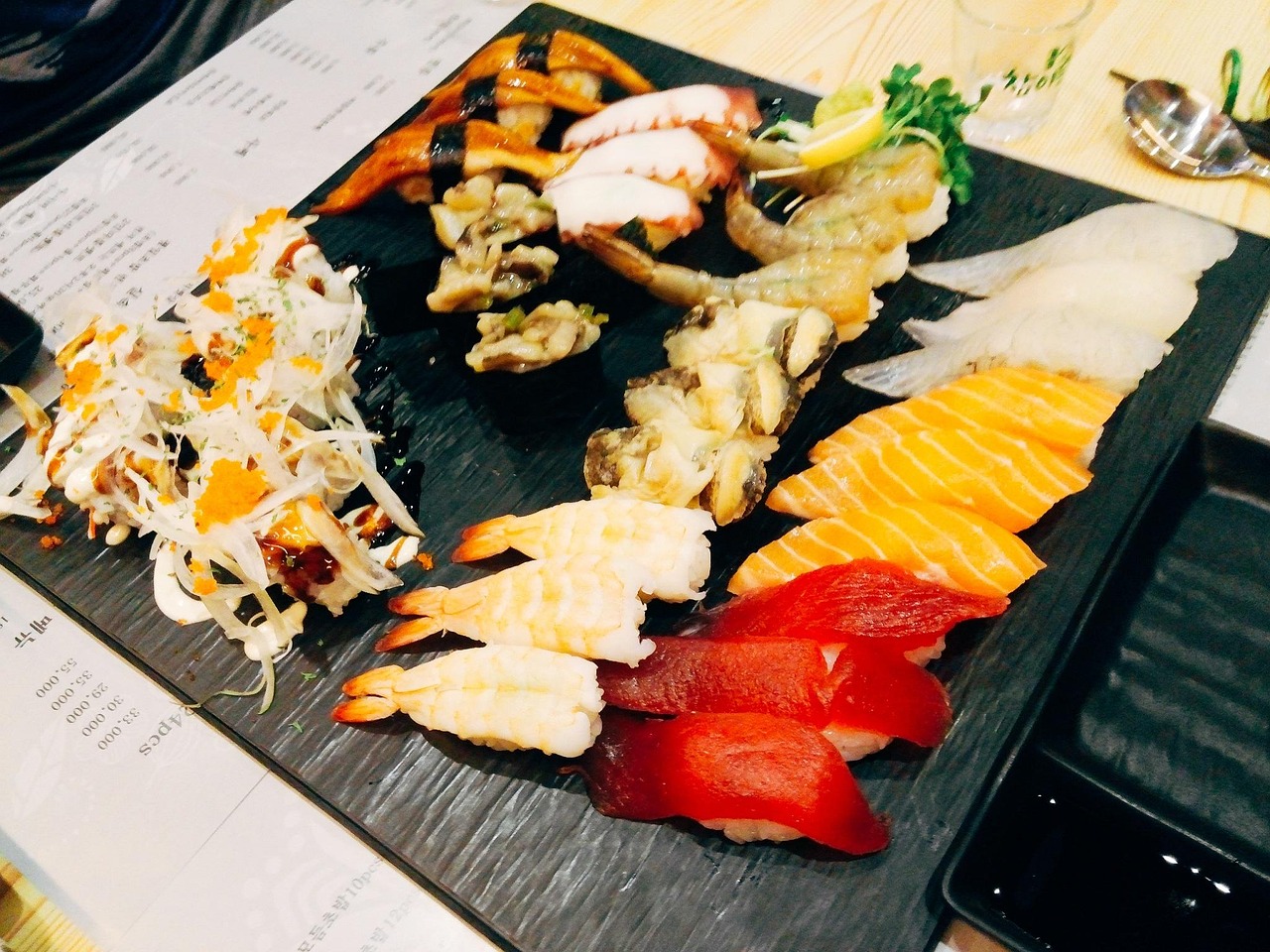
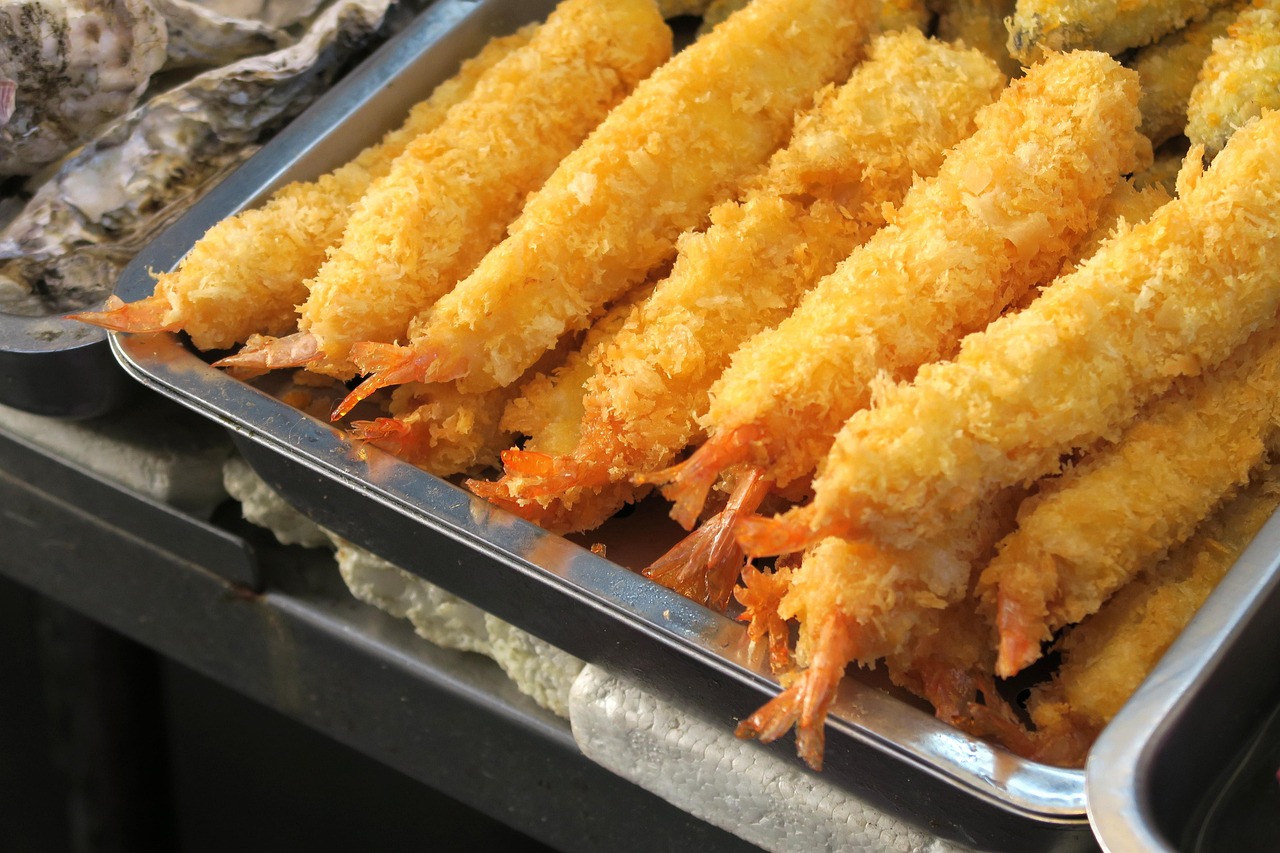
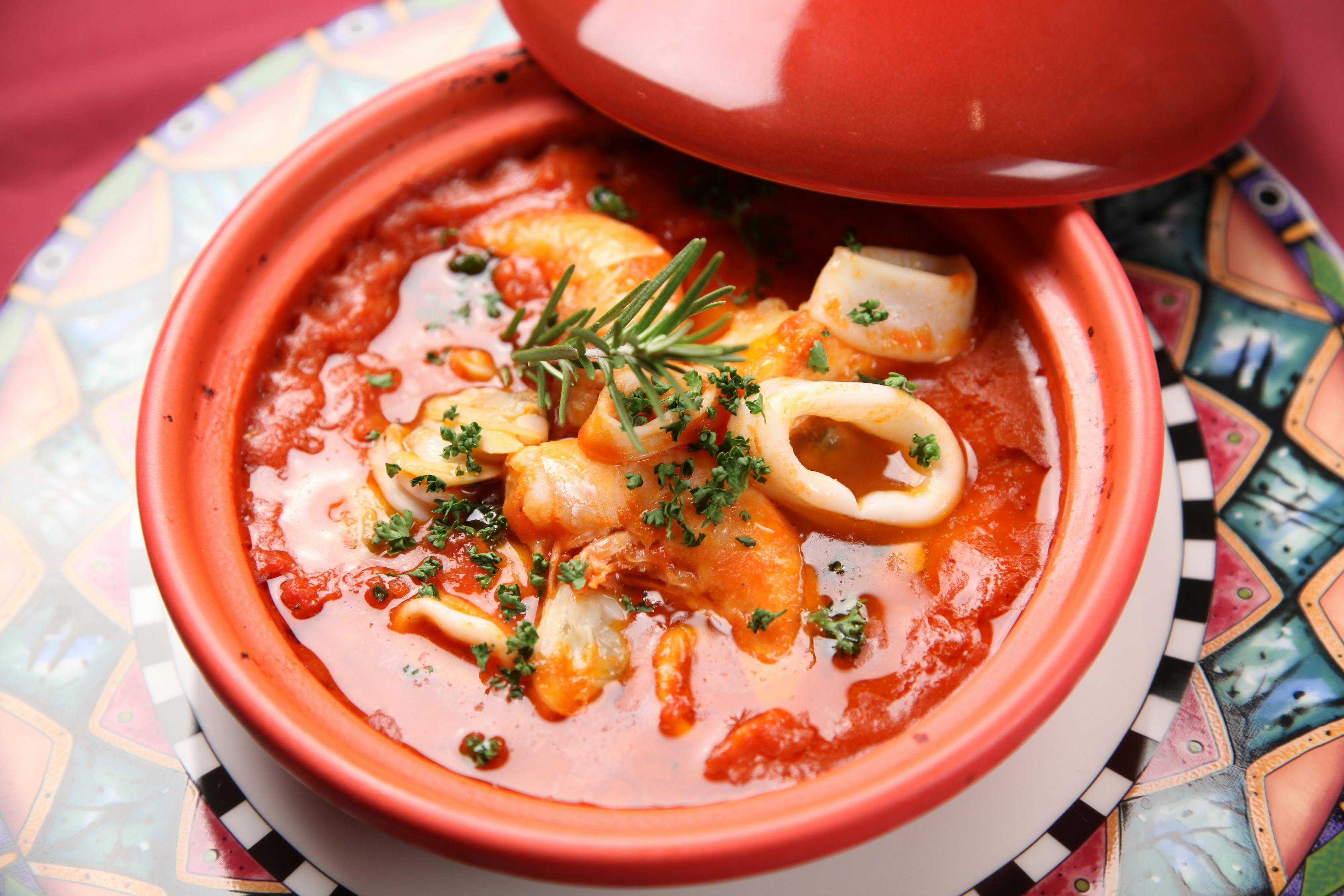
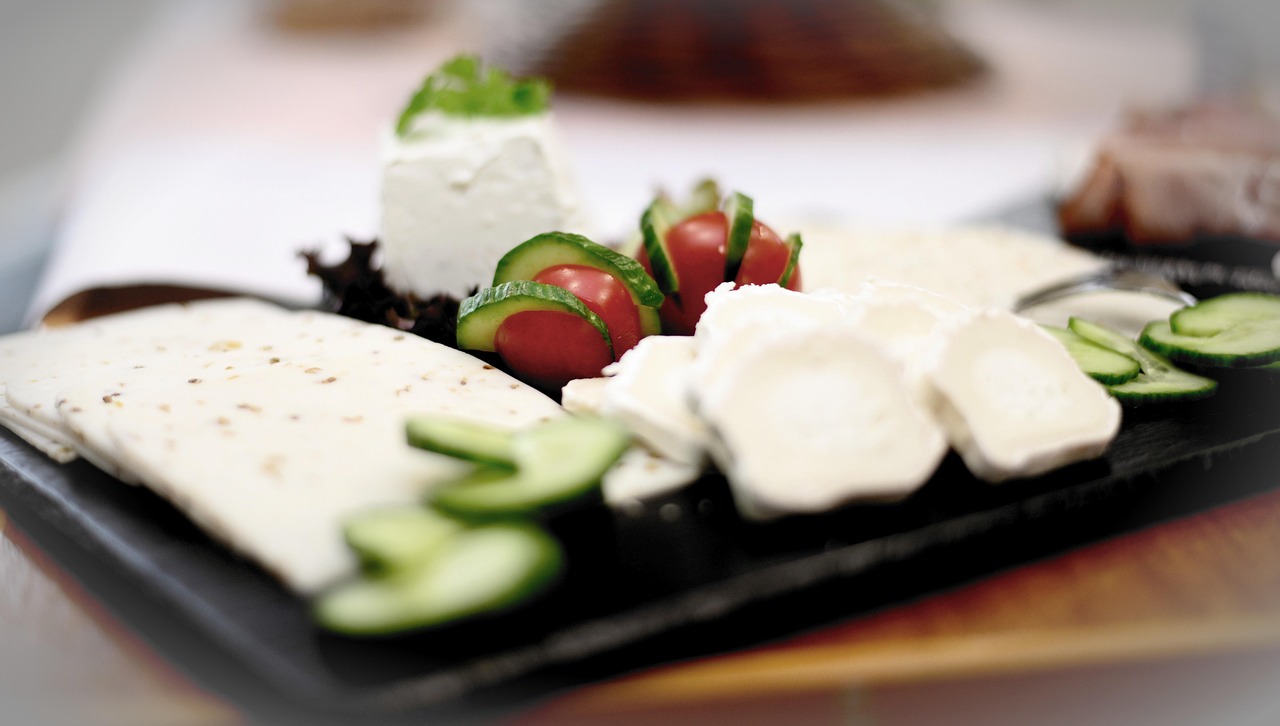
 京公网安备11000000000001号
京公网安备11000000000001号 闽ICP备2023004937号-3
闽ICP备2023004937号-3